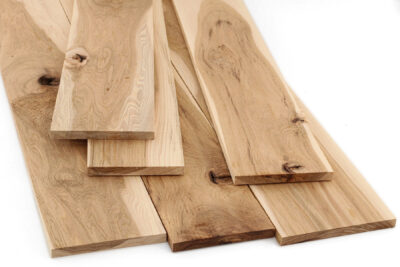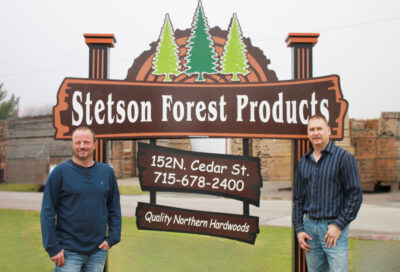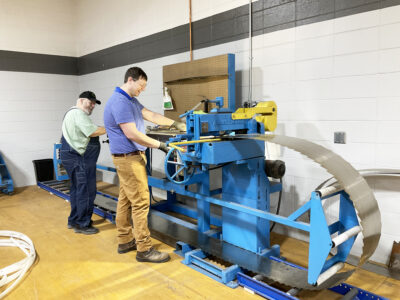Heading into fall, sawmill capacity contracted to a certain degree, sources reported. Lack of purchased timber, fewer logging contractors to process timber, and the need for qualified labor in most areas of the Hardwood sector were ongoing issues. Some noted that log decks had risen, while demand for Hardwood finished goods and grade lumber had edged lower.
Green and kiln-dried lumber, contacts commented, are more than ample for market needs. Prices continue to decline for many grades, though not as fast as they rose for most species, grades and thicknesses. Of particular note is the rise and fall of Hard Maple, which is making it difficult to adjust log and timber costs with such volatile market prices.
Ash exports were reported to have gone down compared to the January through July 2021 period. Most countries purchased less lumber, with sales to China and the Southeast Asian region being slow. On the domestic front, contacts stated business has been decent, but supplies were outpacing demand for Ash, and that competition for orders was pressuring prices downward.
Secondary manufacturers are not running at full capacity due to the slowdown in demand for Hardwood finished goods, with lumber usage off for some Hardwood lumber customers. Business from the cabinet sector has been slow to fair, slow for the wood furniture and residential flooring sectors, and good for moulding and millwork sectors, while wholesalers have only been buying for immediate needs. Sawmill operators increased their production over the summer and early fall, increasing kiln-dried inventories, which is continuing to pressure prices downward. Some sawmillers are trying to control Hard Maple production at the time of this writing, but logs need to be sawn quickly to avoid staining.
Recent statistics showed that imports of household products skyrocketed in both countries. Hardwood finished goods such as cabinets, flooring, furniture and other interior products ordered in the past from international suppliers arrived and are now filling retailers’ and builders’ warehouses, thus causing a negative impact on key species such as Hard and Soft Maple.
Aspen demand has held up as it is a lower cost species than others. It is also starting to see a downward effect of prices for kiln-dried No. 2A and Better, but green lumber is more stable, with activity centered on the No. 2B and Better grades.
Basswood production increased recently, and some areas contacted needed to process it to avoid stain damage. Demand for Basswood is meeting production output with prices fairly stable. Contacts noted that kiln-dried inventories are higher due to weaker demand.
Birch appears to be doing great as contacts stated it is their best seller. It has a price advantage over Soft and Hard Maple, with many end users having switched to this species instead of the higher valued species. Prices are noted as steady for Birch.
Demand for Red Oak is good for international and domestic markets, however, demand for Red Oak from Southeast Asia and other eastern markets is not very strong. Competition for kiln-dried supplies is intense, with prices trending lower. White Oak demand is slow for both local and international markets. European customers have high inventories and slower sales. Companies around the world are concerned about energy shortages. Inflation is also affecting everyone and they are concerned about their products and future sales. Contacts noted White Oak supplies have been very high compared to its rate of purchase, with prices also falling, and so green lumber business is affected.







